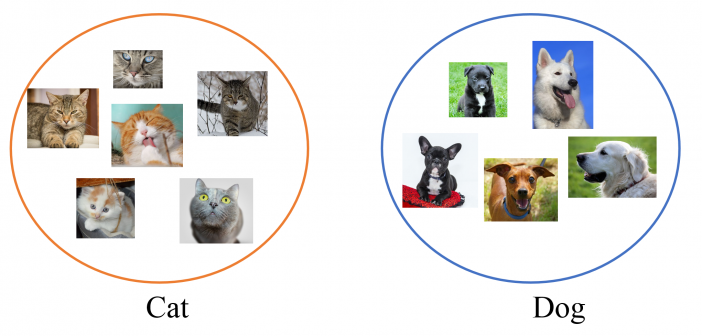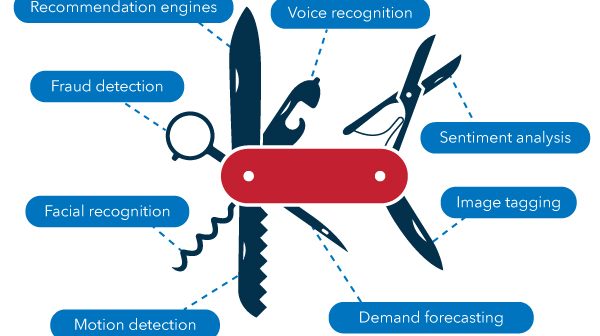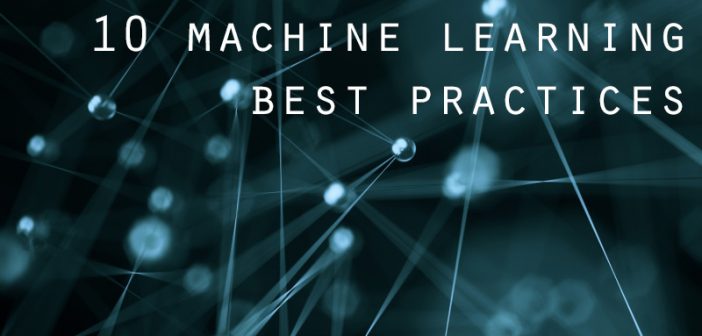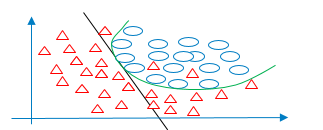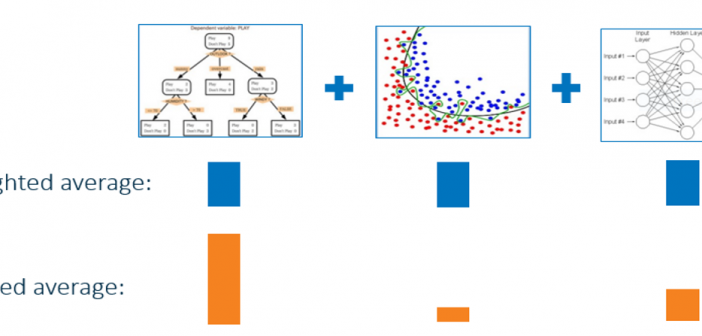
In the field of machine learning, online learning refers to the collection of machine learning methods that learn from a sequence of data provided over time. In online learning, models update continuously as each data point arrives. You often hear online learning described as analyzing “data in motion,” because it

